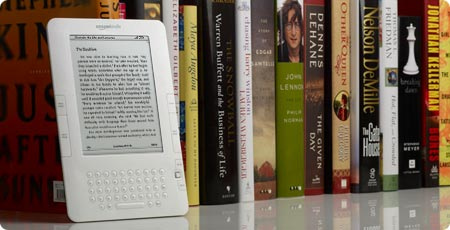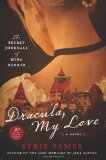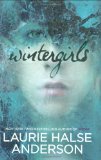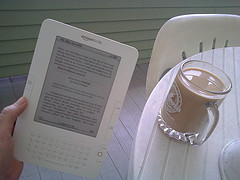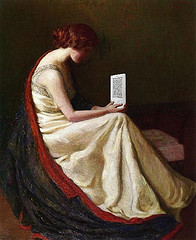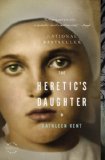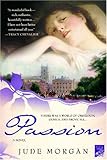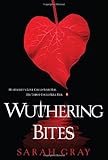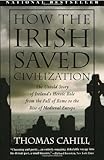 Thomas Cahill inaugurated his Hinges of History series with How the Irish Saved Civilization. When Rome fell, Cahill says, the Irish clerics not only spread Christianity, but also saved the great Latin works from being lost to the ravages of history. He also argues the Irish kept the flame of Western culture burning as the rest of the world descended into the Dark Ages.
Thomas Cahill inaugurated his Hinges of History series with How the Irish Saved Civilization. When Rome fell, Cahill says, the Irish clerics not only spread Christianity, but also saved the great Latin works from being lost to the ravages of history. He also argues the Irish kept the flame of Western culture burning as the rest of the world descended into the Dark Ages.
Parts of this book were quite interesting. Cahill’s love for Irish mythology shines through in his description of the Táin Bó Cúailnge, which made me want to return to the Táin again. His descriptions of St. Augustine, St. Patrick, and St. Columba were interesting and definitely had me searching the Web to learn more about them, but in the end, Cahill never really proves his thesis. The first half of the book is good, but somewhere during the chapter “What was Found,” Cahill loses the thread of his argument and ultimately admits most of what we retained could have survived without the Irish, then attributes the survival of Latin literature to the Irish without really explaining how. He also makes the leap that because the Irish had the oldest vernacular literature in Europe, they were somehow responsible for or influential over the vernacular literature that followed. Readers can learn a great deal about the lives of Patrick and Columba and a bit about early Irish literature, but they won’t learn how the Irish saved civilization.
Rating:




I read this book for the Bibliophilic Books Challenge. This is my sixth book for this challenge, which brings me to the level of Litlover. I will not be able to read six more books before the challenge ends in December, so I’m going to call this challenge complete. I originally committed to just three books, so I surpassed my expectations.


